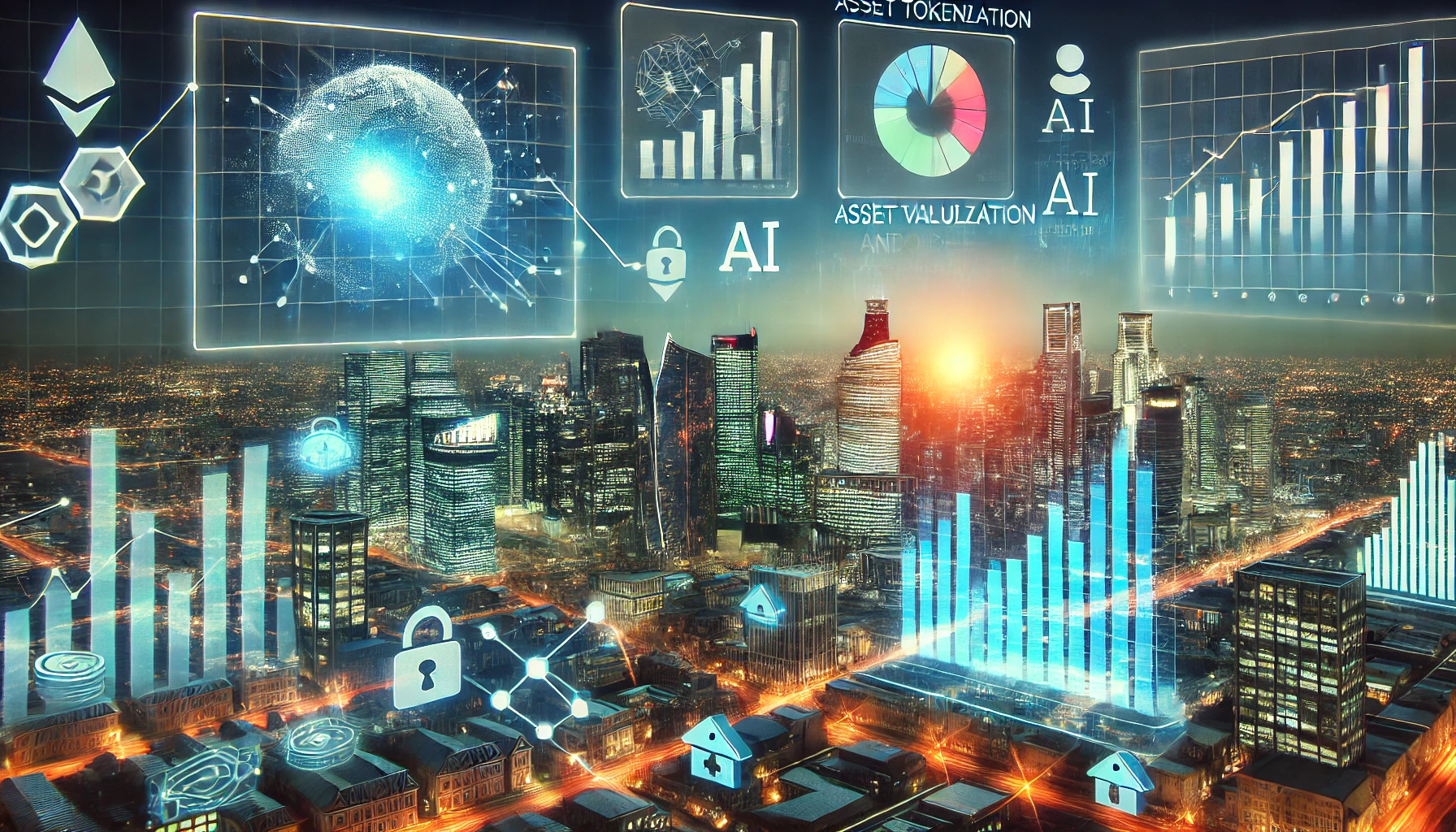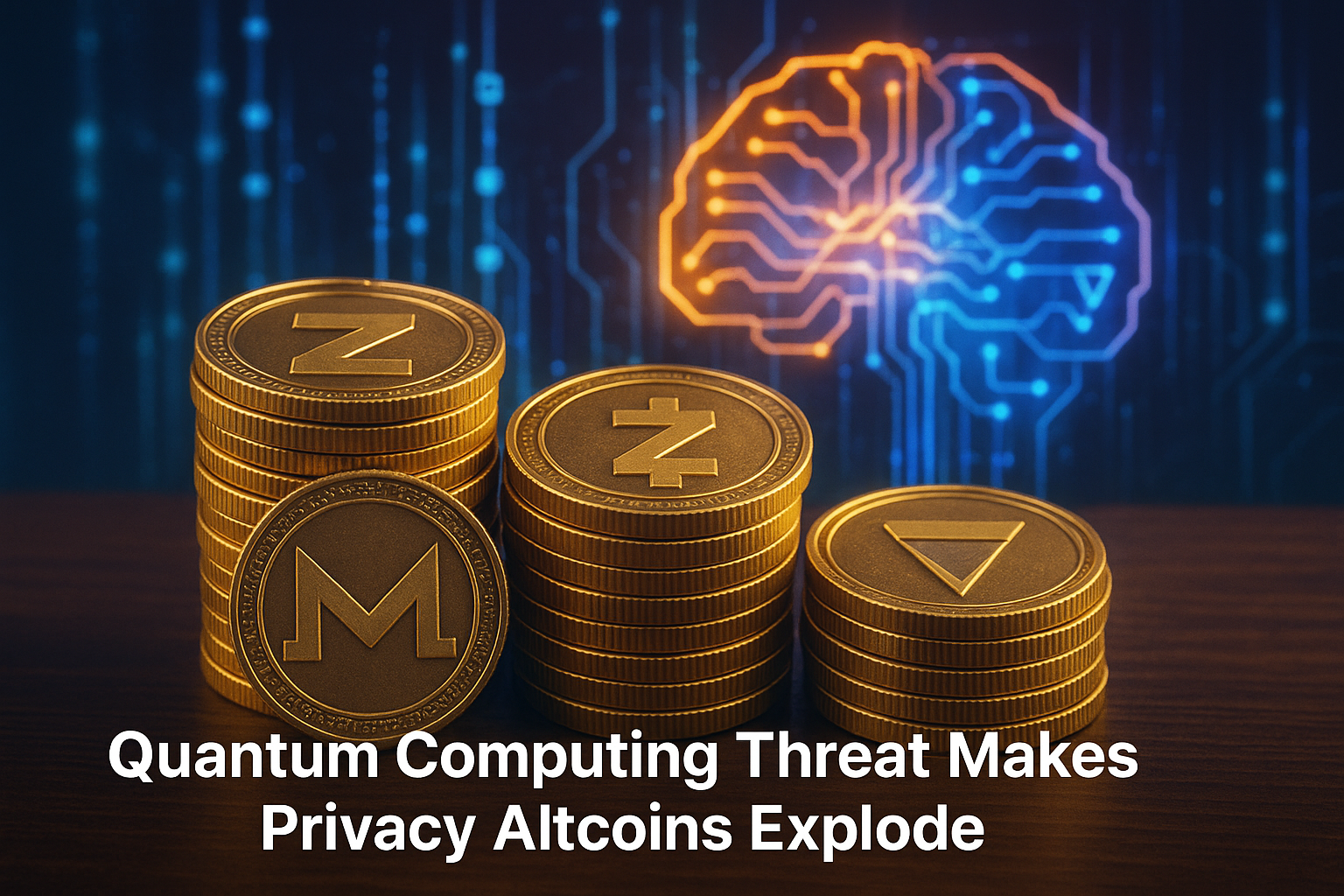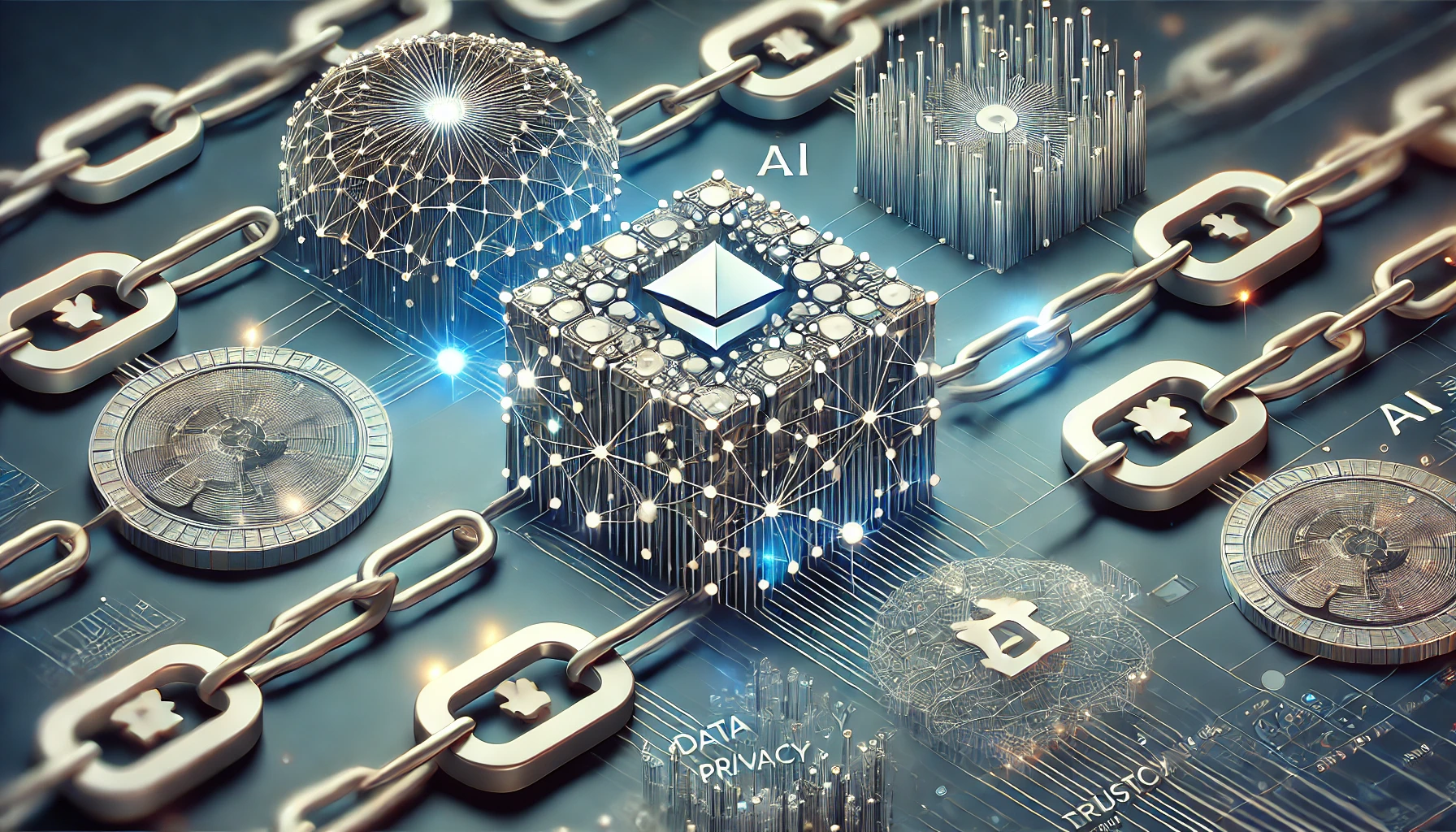Introduction
The fusion of traditional finance (TradFi) and decentralized finance (DeFi) is accelerating with the rise of real-world asset (RWA) tokenization. By digitizing assets such as real estate, commodities, and securities, blockchain technology enables greater liquidity, transparency, and accessibility in financial markets. Artificial intelligence (AI) further enhances these processes by optimizing asset valuation, risk management, and security. This article explores how RWA tokenization and AI are revolutionizing finance, effectively bridging the gap between TradFi and DeFi.
The Process of RWA Tokenization
Tokenization involves converting tangible assets into digital tokens that are stored on a blockchain. This process provides several benefits:
- Increased Liquidity: Tokenized assets can be fractionalized, allowing investors to buy smaller portions and improve market liquidity.
- Enhanced Transparency: Blockchain technology ensures that transactions are immutable and verifiable, reducing fraud and improving trust.
- Lower Costs: By eliminating intermediaries such as banks and brokers, tokenization reduces transaction costs and settlement times.
Tokenization typically follows these steps:
- Asset Selection: Identifying and evaluating a real-world asset to determine its suitability for tokenization.
- Legal Structuring: Ensuring compliance with regulations to define ownership rights and responsibilities.
- Token Issuance: Creating digital tokens that represent ownership of the asset on a blockchain.
- Trading and Liquidity: Listing tokens on DeFi platforms, enabling peer-to-peer trading and unlocking liquidity.
The Role of AI in RWA Tokenization
AI plays a critical role in enhancing the security, efficiency, and accessibility of tokenized assets. Key applications include:
- Automated Valuation Models (AVMs): AI-powered valuation models analyze market data to provide accurate pricing for tokenized assets.
- Fraud Detection: Machine learning algorithms detect anomalies and prevent fraudulent transactions in real-time.
- Smart Contracts Optimization: AI enhances the functionality of smart contracts by automating compliance checks and risk assessments.
- Market Analysis: AI-driven analytics provide insights into asset performance, helping investors make informed decisions.
Bridging TradFi and DeFi
The convergence of TradFi and DeFi through tokenization and AI is reshaping financial markets in several ways:
- Institutional Adoption: Traditional financial institutions are exploring tokenization to improve asset management and investment strategies.
- Regulatory Developments: Governments and regulators are working to establish legal frameworks that support secure tokenized asset markets.
- Hybrid Financial Models: DeFi platforms are integrating TradFi mechanisms, such as credit scoring and insured lending, to attract mainstream investors.
RWA tokenization, powered by blockchain and AI, is a transformative force in global finance. By making real-world assets more accessible, secure, and liquid, this technology bridges the gap between TradFi and DeFi, paving the way for a more inclusive and efficient financial ecosystem. As adoption grows, the synergy between AI and blockchain will continue to unlock new opportunities for investors, businesses, and financial institutions alike.




